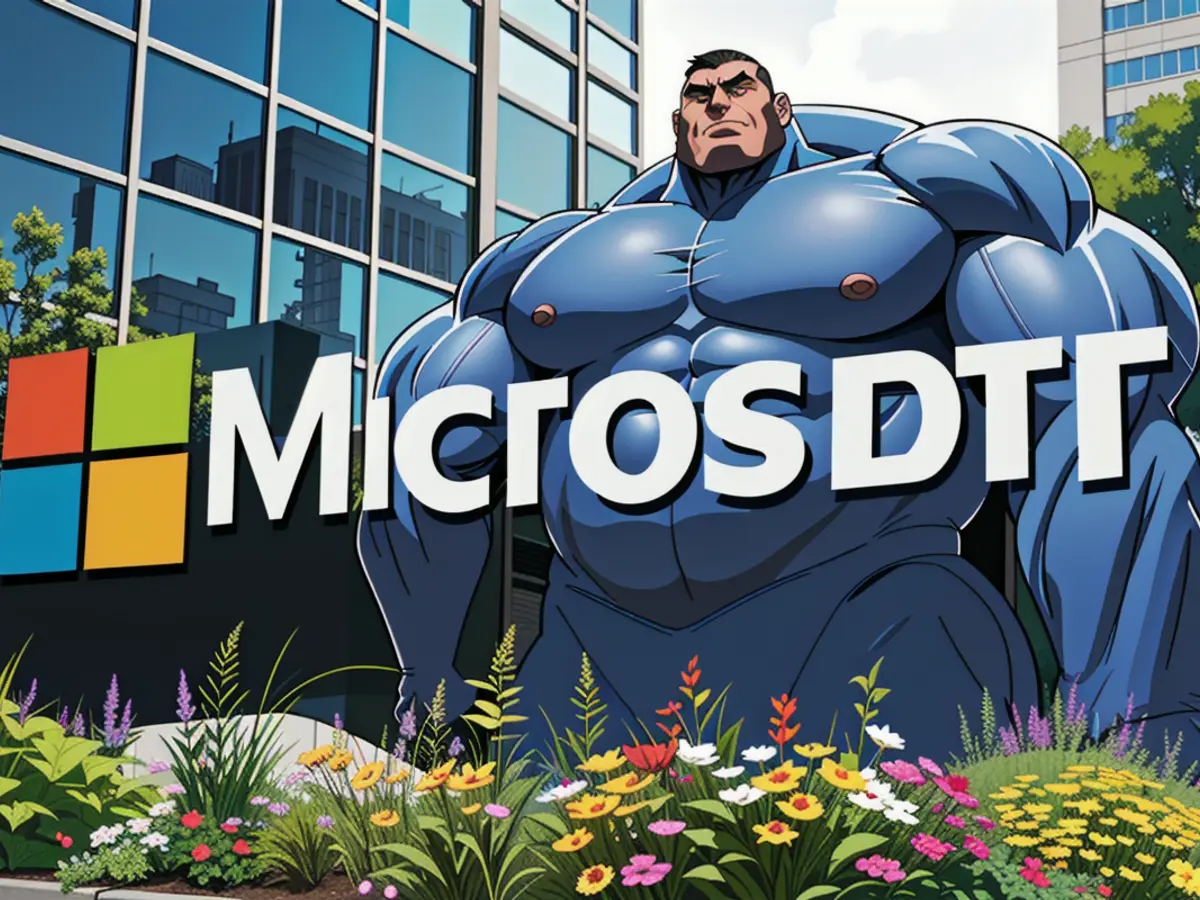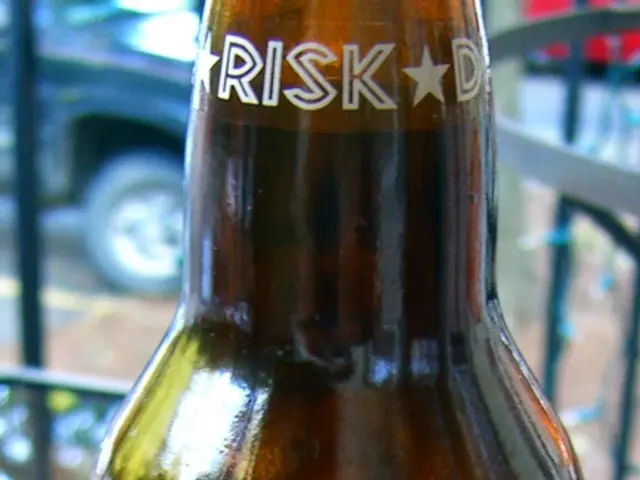Title: Unmasking potential Microsoft account hijacks: 4 telltale signs and recommended actions
Title: Protecting and Recovering Your Microsoft Account from Hacks
Introduction:If you've ever experienced a hacked account, you know how frustrating and distressing it can be. And when it comes to Microsoft accounts, the stakes are higher than ever, with valuable information like emails, contacts, and even financial data at risk. But don't panic: in this guide, we'll walk you through the signs that your Microsoft account has been hacked, the steps to take to regain control, and the best practices to prevent future attacks.
Is Your Microsoft Account Compromised?Microsoft accounts offer a wealth of personal information, from email addresses to banking information, making them prime targets for hackers. Here are some common signs that your account may have been compromised:
- Notification from Microsoft: Microsoft sends notifications when unusual activity is detected on your account, such as a sign-in from a new location.
- Strange Activity: Unauthorized emails, deletions, or changes to your profile information are all signs that someone may be using your account for nefarious purposes.
- Profile Changes: If your contact information or multi-factor authentication has been changed without your knowledge, it's a sure sign that your account has been hacked.
- Changes in Mail Forwarding Settings: Fraudsters may use your account to try and access your contacts, so be on the lookout for changes to your mail forwarding settings.
What Should You Do If Your Microsoft Account Is Hacked?If you suspect that your Microsoft account has been hacked, take the following steps as soon as possible to minimize the damage:
- Run a Virus Scan: Install anti-virus software and run a scan to ensure that any malware installed on your device is removed.
- Change Your Password: Pick a strong password, one that combines letters, numbers, and special characters, and change it as soon as possible.
- Enable Multi-Factor Authentication (MFA): This adds an extra layer of security to your account, making it harder for hackers to gain access even with your password.
- Check Your Account Settings: Ensure that all your settings, from contact information to mail forwarding, are correct and up to date.
- Secure Any Connected Apps: If you have third-party apps linked to your Microsoft account, make sure they're secure as well.
- Warn Your Contacts: Email your contacts to let them know that your account has been hacked and to be on the lookout for suspicious activity.
How Can You Protect Your Microsoft Account from Hackers?To keep your Microsoft account safe, follow these best practices:
- Use a Strong Password: Combine letters, numbers, and special characters to create a password that is difficult to guess. Regularly change your password to prevent password fatigue.
- Implement Multi-Factor Authentication (MFA): Use a combination of different authentication methods, such as phone calls, text messages, or mobile apps, to make it harder for hackers to bypass MFA.
- Use Azure AD Identity Protection: This feature uses machine learning algorithms to detect and prevent suspicious sign-in activities.
- Regularly Review SSO Configurations: Regularly review changes in user roles or access privileges to ensure that they are up to date and aligned with your organization's security policies.
- Enable Conditional Access Policies: Control access to your organization's resources based on specific conditions to add an extra layer of security.
- Use Data Loss Prevention (DLP) Policies: Set up rules to automatically detect and protect sensitive data from being sent outside of your organization.
- Implement Advanced Threat Protection (ATP): Utilize Microsoft 365 Defender's ATP to protect emails from malicious attacks, including features like Safe Links, Safe Attachments, and anti-phishing policies.
- Enable Email Filtering Services: Use Exchange Online Protection (EOP) to protect against spam, malware, and other email-based threats.
- Secure Email Accounts with MFA: Require users to verify their identity through a second factor before accessing their emails.
- Monitor for Phishing and Spoofing Attacks: Implement DMARC, DKIM, and SPF protocols to verify the sender's email address and prevent phishing attacks.
Conclusion:If you suspect that your Microsoft account has been hacked or want to ensure that it remains secure, follow the guidelines in this guide. By implementing strong password policies, enabling multi-factor authentication, and regularly reviewing your account settings, you can significantly reduce the risk of a hack and protect your valuable personal information.
- To enhance the security of your Microsoft account, consider implementing the innovative feature of Azure AD Identity Protection.
- As a proactive measure to prevent future hacks, you can adopt innovative multi-factor authentication methods that use a combination of different verification methods.








